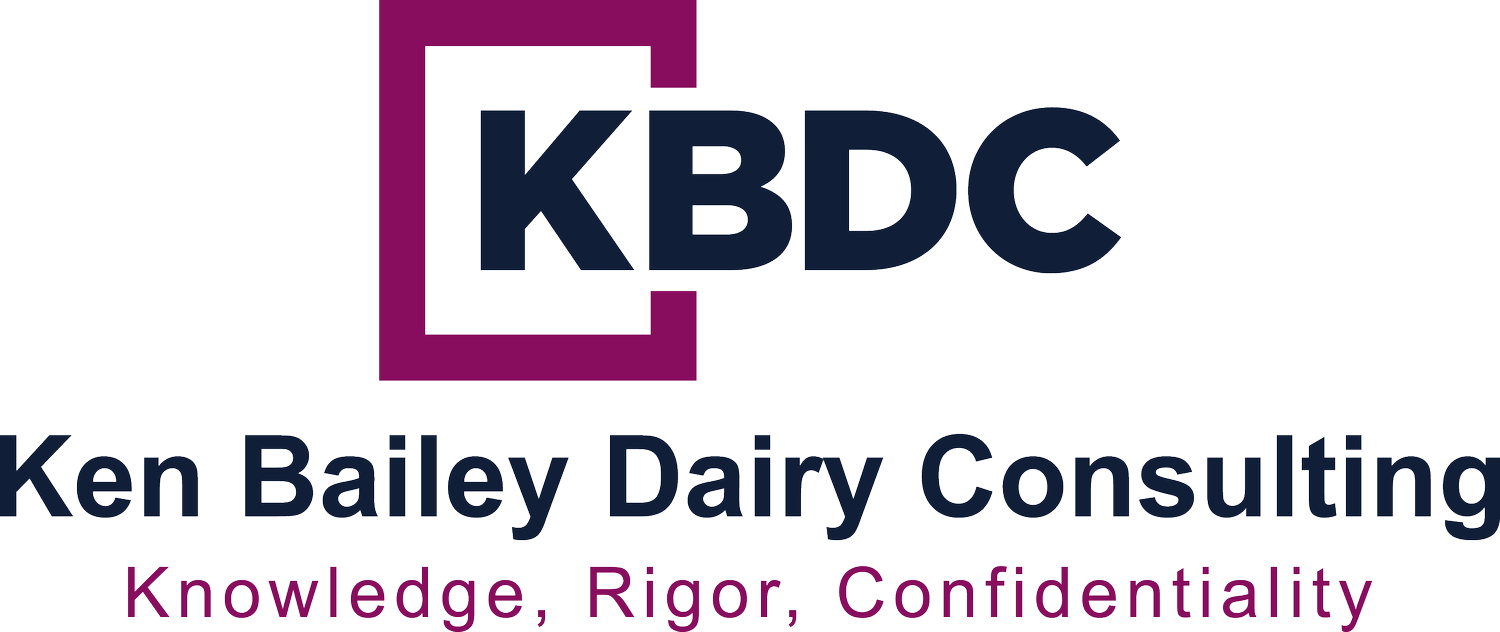executing risk management trades is tricky business - week 5
October 10, 2022
The sales team is ready to offer a customer a fixed price sale and your job is to supply the price. Their customer checks the CME website and quotes a price they are willing to pay. But the risk manager comes back to the sales team with a higher price. How can that be?
First, many websites list CME prices. There are “closing prices,” often from the prior day. There are “last prices” which are quoted during trading hours. But sometimes for a given contract month there isn’t even a last price. So the prior day’s close is often quoted. And then there is the bid and offer prices. That’s how trades are actually executed. Someone offers to sell a futures contract at a specific price, and someone bids for a contract. Often there is a spread in between. A trade is made when either the bid or offer is accepted, or one price moves to the other.
Another issue is that in an active market, prices can move quickly. This typically happens during or right after the spot call. Markets basically reset and trading is active. So if you are in sales and expect your sales contract to be covered, here are a few things to think about. First, solicit a quote for your customer from the risk management desk after spot trading, or after markets are closed. You are likely to get a quote “good till the next day.” Second, be prepared to add in a “risk premium.” That’s because the market can move in any direction between the time your customer accepts the fixed price and your risk manager covers the sale.
The point is, in an active market, executing trades (swaps, options, futures) is not as easy as pressing the enter button on the computer. Work with your risk team to secure a reasonable quote that includes a risk premium.
